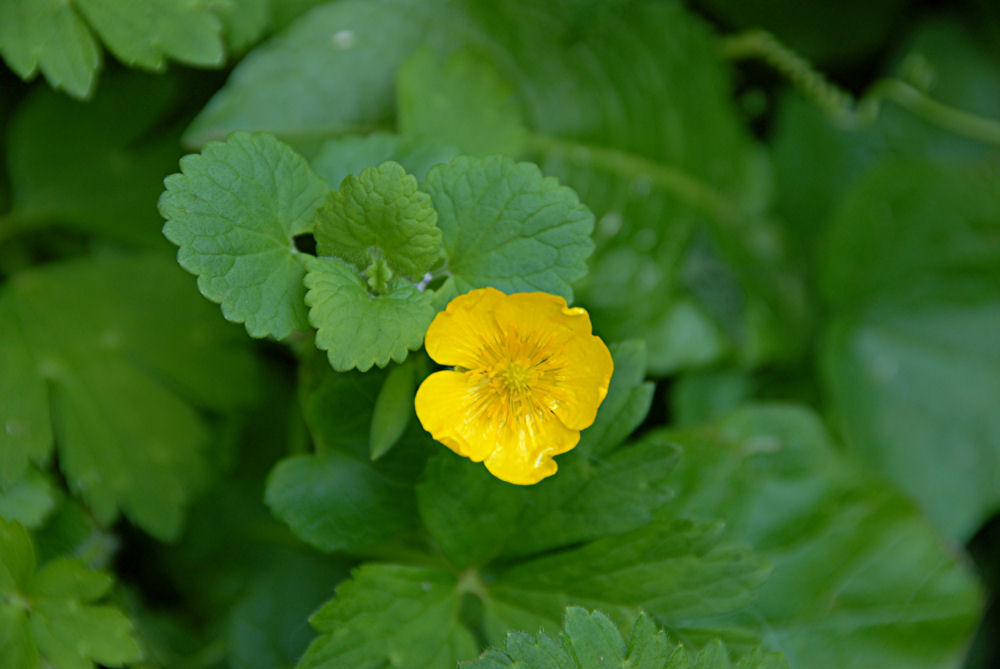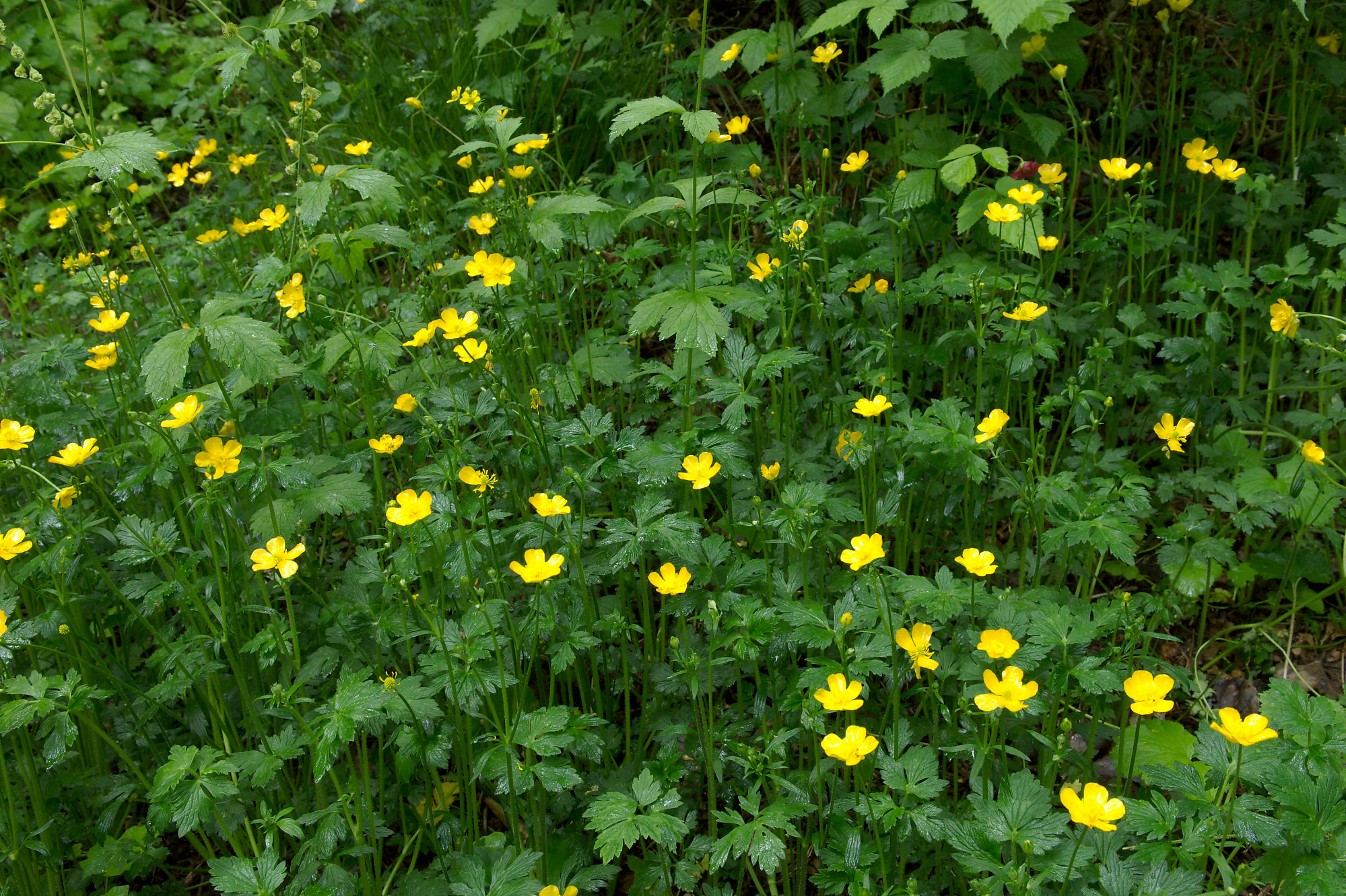

When used at the higher rates these can be effective for controlling buttercup in orchards and GA200 is particularly safe for use in orchards and vineyards.ĭelivery is normally to the door for orders up to 40kg total, and for larger orders to a nearby freight depot or drop-off point we will arrange with you before shipping your order.įor orders over 40kg there will be a freight charge especially for trucked orders into the South Island.

The grass soon recovers, although clover is slower to recover and may take up to four months. Note: Ranger herbicide will cause some yellowing and reduction in vigor of pasture species. However, in many areas buttercups have developed a resistance to these herbicides, so close observation of results is necessary to ensure that control is good and uniform. MCPA and MCPB used alternately over successive springs, generally at around 6L/Ha, has been a popular approach.2,4-D 720 Amine at 1.7-3.4L/ha will control seedling buttercup and is pasture friendly and not too hard on clover,.Decision herbicide (flumetsulam) at 50g/ha for annual buttercup and 65g/ha for giant buttercup is a pasture and clover friendly way of killing buttercup.The low application rate and very low toxicity makes this a popular herbicide for people grazing horses as clover is not such an issue.

Nevertheless, a follow-up treatment is likely to be required the following spring. This herbicide is also very effective against docks at that same application rate, so if both species are present they can be controlled with a single herbicide application. Ranger herbicide (thifensulfuron-methyl) sprayed by boom at just 20g/Ha is very effective, and resistance to this herbicide does not appear to occur.HERBICIDES TO CONTROL BUTTERCUPīest results will be achieved if plants are sprayed at their most active growth period, generally from right through spring and early summer to February. It is essential that the entire root system is removed with the plant because buttercups will regrow from rhizomes left in the soil on root segments. Isolated plants will often appear on the margins of good pasture areas, and these can successfully be dug out and removed before they can invade to deeply into the pasture.

The seeds of the giant buttercup are often transported in hay, which is the most common source of new infestations.Ĭreeping buttercup has a very effective stolon system that allows it to quickly invade nearby weed-free areas where it will normally out-compete pasture grasses and clovers. Cattle and horses avoid eating the leaves, although sheep will eat them. Thos of the giant buttercup are deeply jagged and appear as a single leaf, whereas the creeping buttercup leaves are more rounded and are clearly divided into three leaflets, the central of which is on a short stalk.īuttercups are found throughout New Zealand and prefer wet conditions, so are a particular problem on dairy farms and in high rainfall areas. The leaves provide the best means of identification between the two types. The giant buttercup flowers during Nov-Apr, while the creeping buttercup flowers Oct-Feb. The flowers appear at the top of erect flowering stems. The giant buttercup forms a bush up to 1m tall, while the creeping buttercup is lower, with stems creeping along the ground for up to 1m.īoth have glossy yellow flowers with five petals and of up to 25mm diameter. These are two similar species of buttercups, and they have so much in common that is sensible to discuss them together.īoth types of buttercups are perennials. Buttercup Giant buttercup – Ranunculus acris


 0 kommentar(er)
0 kommentar(er)
